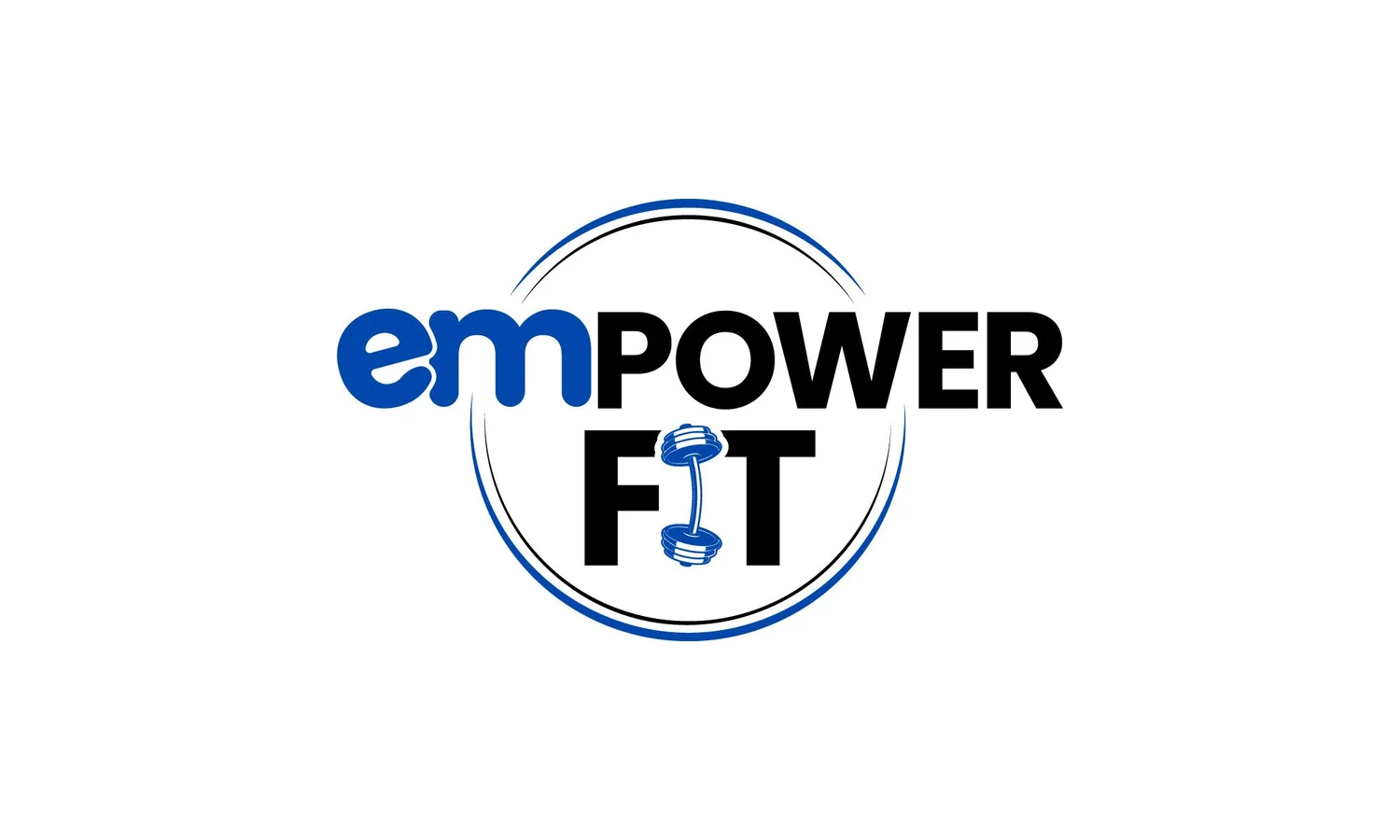The importance of strength training in aging women
If you’ve been paying any attention to the fitness industry lately, you will have noticed the shift in recommendations for changing your body composition, particularly in women. I can’t tell you how happy this makes me as a coach/trainer who has tirelessly advocated the benefits of resistance training for health, longevity and body composition goals particularly in our aging women population.
The days of endless cardio, 1200 calorie unsustainable diets have hopefully came and went for good! I am victim of that trend mostly in my early 30s (around 2010) as I was reintroducing some sort of fitness back into my life. Now I truly believe doing some sort of fitness is important and really “something is better than nothing” does stand true here; however, if we are truly looking at longterm health, independence, being happy with how we look and feel in our bodies, we must consider strength training as part of that plan.
Some of the questions I hear from women are, “Does metabolism slow down and does number of calories decrease with age/hormone changes? Muscle mass starts to decline in your 30s (this also occurs in men). The average amount of muscle mass in women aged 40-49 years of age is 47 pounds. Yikes! Calories in versus calories out rules still apply here. This simply means you must burn more calories than you are taking in to lose body fat. Muscle burns 3x as much as fat. Simply put, muscle burns hot and requires more calories to maintain, so the more muscle you have, the more calories you need to sustain it. TLDR: You NEED to buffer muscle mass loss with resistance training as you age. There is no other way!
The problem I’ve seen with females in that 40+ age range is they come to me looking for a change but are real caught up in influencers/books/supplements, etc. telling them that their shifting hormones are to blame for the unfavorable changes in their body composition. There is no scientific evidence that directly links hormonal changes to body composition changes in your 40s as you become perimenopausal. The fact is we are aging concurrently and most likely our poor habits around fitness and nutrition for many years have started to catch up with us. What we could get away with in terms of our nutrition habits/lifestyle in our 20s is no longer going to fly in our 40s.
So what can I do? The “hack” is tried and true hard work in the form of lifting weights with intensity to increase/maintain muscle mass as we age. Additionally, we must look at our diet. We should be eating mostly whole, minimally processed foods in the right quantities and getting adequate protein (0.7-1.0 gram per pound of bodyweight) as a general recommendation consistently. It lies within you to look at your lifestyle, get real clear on what your goals are and commit to the process of changing your habits and lifestyle to align with those goals.
If you are looking for a knowledgable, supportive coach to help you get started on this lifestyle journey, click the “let’s connect” button on my home page.
